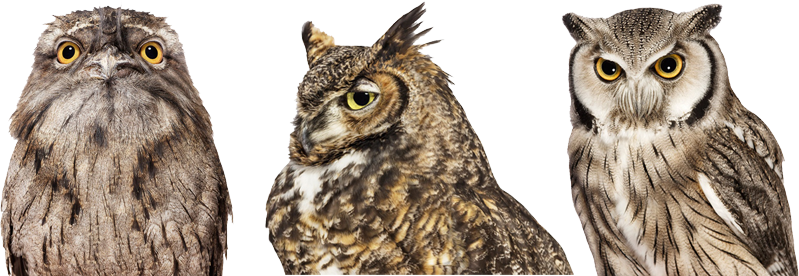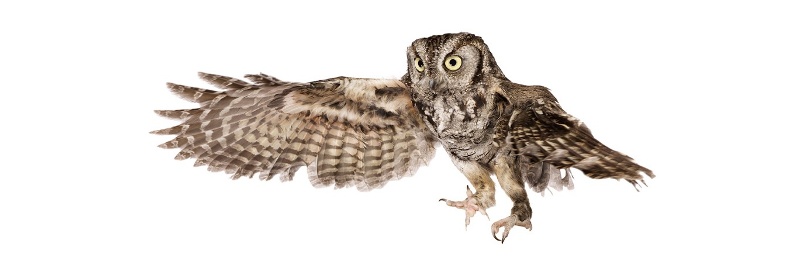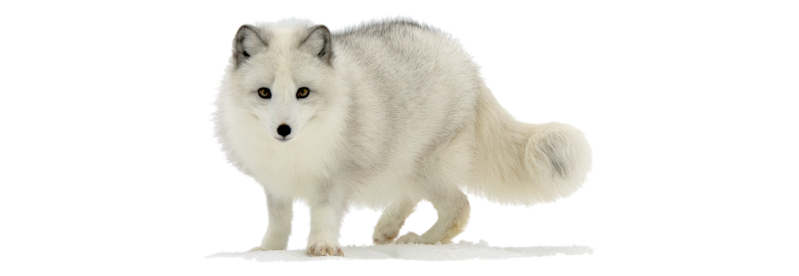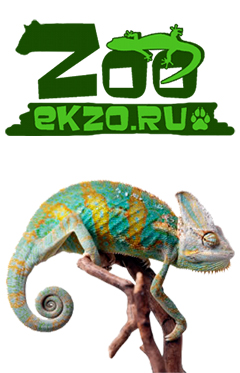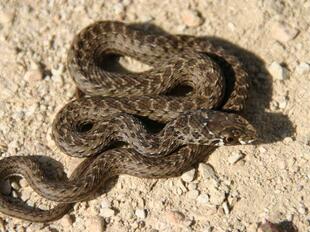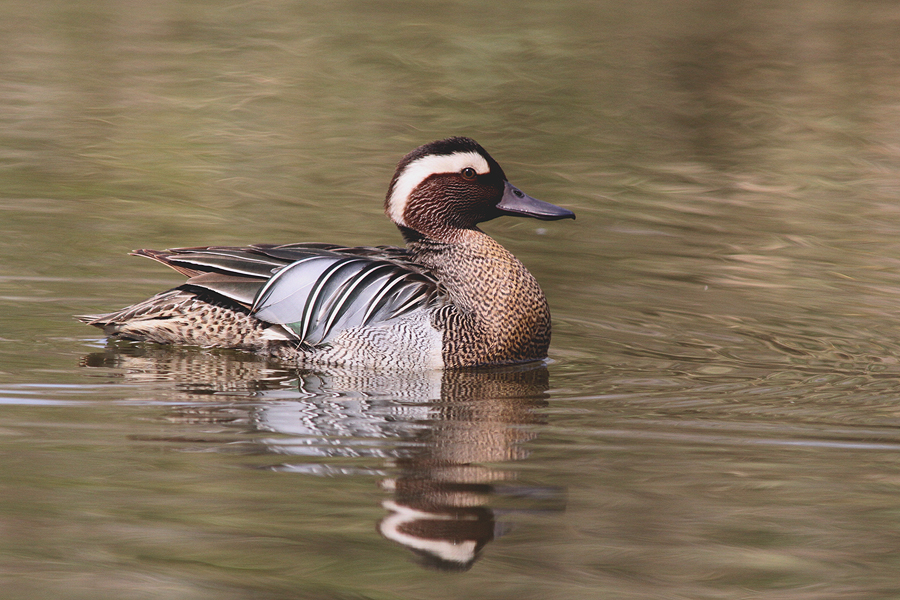
Garganey(Anas querquedula)
Phylum —chordata
Class — aves
Order — anseriformes
Family — anatidae
Genus –anas
Appearance
The adult male is unmistakable, with its brown head and breast with a broad white crescent over the eye. The rest of the plumage is grey, with loose grey scapular feathers It has a grey bill and legs. In flight it shows a pale blue speculum with a white border. When swimming it will show prominent white edges on its tertials. His crown is dark and face is reddish brown.
Females are mostly brown, resembling a female teal, but with a longer, all-grey bill and bolder facial markings.
Length: 37-41 cm. Wingspan: 60-63 cm. Weight: males: 260-520 g, females: 240-585 g.
Habitat
Around 100 pairs of garganey breed in the United Kingdom, mostly in central, southern and eastern England. During migration they can turn up almost anywhere. Occasional birds winter in the United Kingdom.
Behavior
The garganey is migratory. The autumn migration takes place from late July to October, with first arrivals in Senegal and Niger from early to late September, and peak in Western Africa in mid-October.
The return migration from Africa starts in February, but the main passage through Europe is in March-April. They arrive in the northernmost breeding areas in mid-May.
Diet
The garganey feeds on various plant seeds, pondweeds and grasses, roots, tubers and green parts of aquatic plants. It also consumes a variety of aquatic invertebrates such as worms, crustaceans, mollusks, insects and their larvae. It takes sometimes small fish and amphibians too. The diet varies depending on season and range.
Reproduction
The breeding season starts in April-May, with the peak laying in May. The season may vary slightly according to the range.
The garganey nests solitary or in loose groups, and it is strongly territorial. The female builds the nest on the ground in thick vegetation and often close to water. The nest is a shallow depression lined with leaves, grass and some feathers. This species produces only a single brood per season.
The female lays 8-11 buff to creamy-white eggs at daily intervals. She incubates alone during three weeks (21-23 days), and she is guarded by the male during this period.
At hatching, the chicks have dark brown down above and pale yellow below, with two blackish lines from bill to nape, one through the eye and the other below. They fledge about 35-40 days after hatching, tended only by the female. They are sexually mature at one year old.
In captivity
Lifespan in captivity is up to 25 years.
In summer, garganeysare kept in outdoor enclosures. The minimum size of the enclosure is 3 square meters.
In the cold season, birds are kept in sections of the poultry house. Access to paddocks is open only on warm, windless, sunny days and only during the daytime.
Wild ducks become restless in the fall, when they fly south seasonally, and may join other wild ducks and fly away with them, so you should trim their wings in time or restrict access to walking. You can also cover the paddock with a net.
For winter keeping of ducks any shed (paddock) in which they are protected from wind and precipitation is suitable. The pen for ducks is built in such a way that one duck has at least 1 sq. m. of area with a room of the height of 70-100 cm. Ducks are not afraid of the cold; if they are full, clean and healthy, they can easily live at any frost.
The area of the paddock should not be less than the area of the paddock shed itself.
One duck needs a range of 4 sq. m.In this case, all winter it is necessary to maintain a sufficient mirror of the reservoir for birds, not covered with ice. This is achieved in various ways, one of which may be the use of an air compressor. Long hoses from the compressor that pumps air are lowered to the bottom of the reservoir, and air bubbles, rising up, carry warmer water. With constant mixing of warm water from the lower layers of the reservoir with colder water from the surface, the possibility of ice formation is eliminated even in the most severe frosts.
As a winter bedding for waterfowl, you can use soft hay, which is laid out in places where birds rest.
The diet includes grain feed-corn, wheat, barley, millet, oatmeal, wheat bran, grass, meat and fish meal, chalk, small shell, gammarus. In the warm season, it is good to give various greens - cut dandelion leaves, lettuce, plantain, duckweed. Good food for ducks - wet mixture of grated carrots, bran, various cereals. During the reproductive period and during molting, they are mixed with wet food or given separately: fish and minced meat.
Garganeysare friendly to other birds, so they can be kept on the same pond with other ducks.
Artificial shelters for nests are installed in the paddock. Ducks independently incubate, breed and raise ducklings.
 Russian
Russian
 English
English








